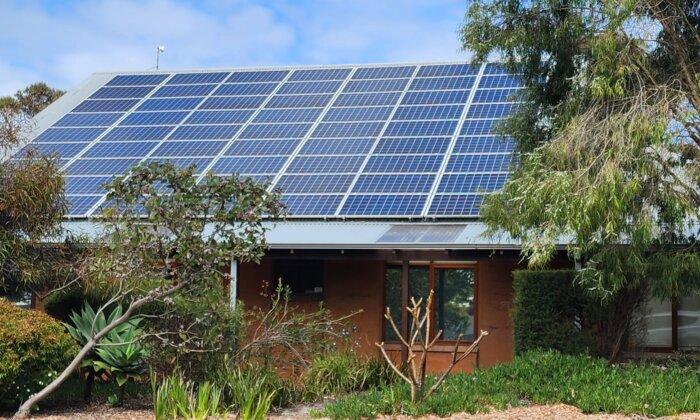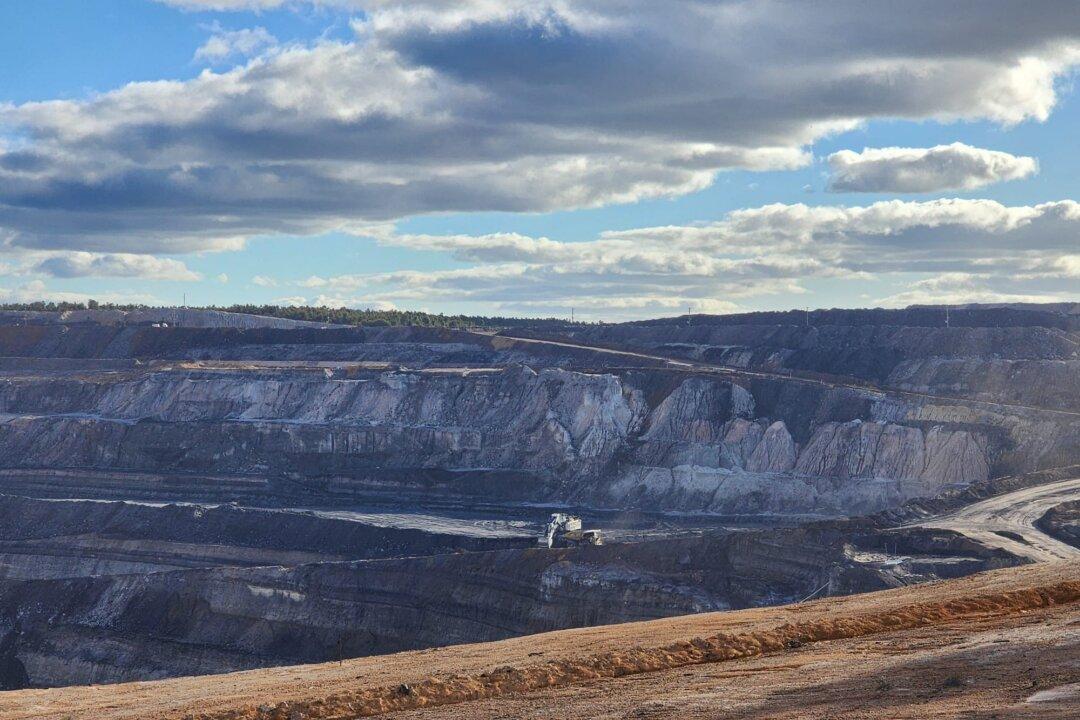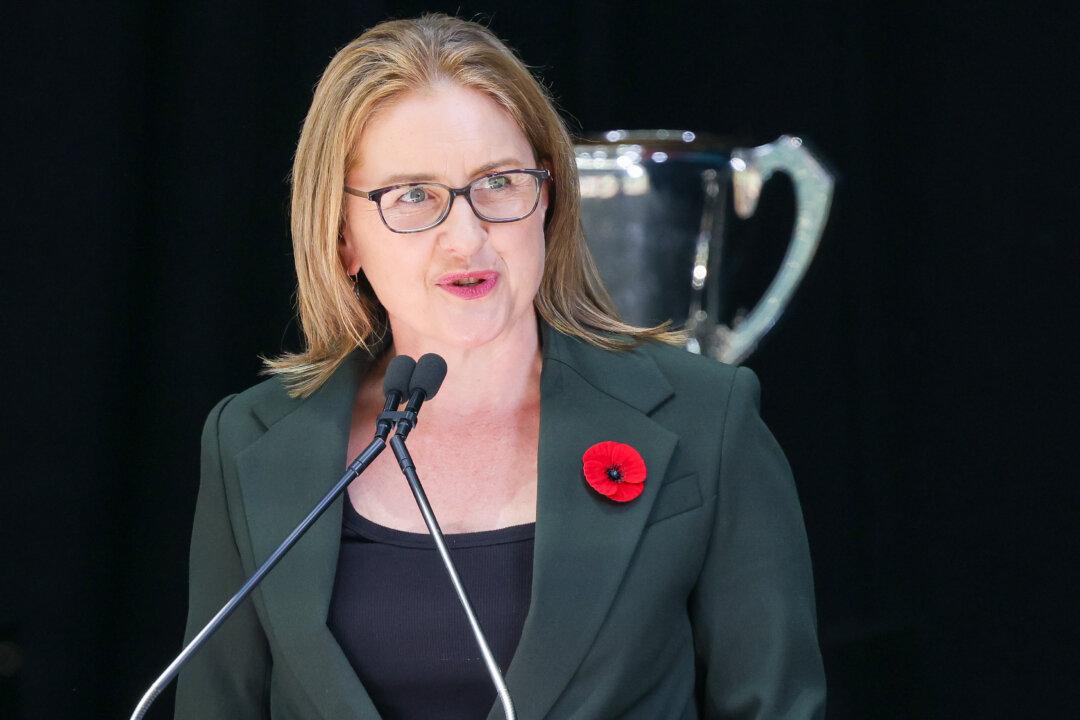The report reveals that the average electricity demand during the three months to September (Q3) was lower than the previous quarter (Q2), and much lower than the same quarter last year for gas and electricity. This was largely due to warmer-than-average temperatures. On top of that, lower price offers also increased at the same time by generators.
National Electricity Market (NEM) prices were under $100 per MWh (megawatt hour) in most regions and less than half Q3 2022 prices, while the minimum demand for electricity also fell to record lows in New South Wales (NSW), Victoria, and South Australia. As a result, average electricity prices fell in all regions compared to Q2.
On top of that, increased rooftop solar further speed up the price dive, experiencing a 41 percent surge compared to September of last year, and thus substantially reduced demand from the grid.

Furthermore, power interconnectors allowed regions to import electricity from outside their borders, and as a result, Queensland and Victoria became the net exporters, supplying their surplus capacity to NSW and South Australia. Therefore, exports from Queensland and Victoria increased.
Electricity and Gas Market Outlooks
While the coming El Nino summer raises the chance of high gas demand for generating electricity during peak LNG exports, the Australian Competition and Consumer Commission (ACCC) projects a domestic surplus over Q4 2023 and Q1 2024. This is in addition to the storage levels at Iona gas storage facility in Victoria, which ended at record highs coming out of the winter season.Forward gas prices for 2024 remain higher than 2023, but more recent trade has been at lower prices, suggesting an improving outlook for the future.
In the meantime, new capacity entered the market with two wind farms, two solar farms, and two batteries, which are have already commenced operations, generating a total capacity of over 800 MW this quarter. This is expected to increase once all the projects are fully commissioned.
Energy Swap Is Getting More Popular
Exporters and producers usually favour higher export volumes during Australian summer when domestic demand is low, but export prices are highest due to the Northern Hemisphere winter.As a result, domestic participants swapped away large volumes of summer 2024 gas to export-linked participants for deliveries in winter 2024, with negotiations for around 9 PJ already finalised.
Begun in March this year, the new gas market transparency measures have made it possible for the East Coast bilateral trades to occur while their negotiations between relevant parties are managed independently outside the Australian Energy Market Operator.






